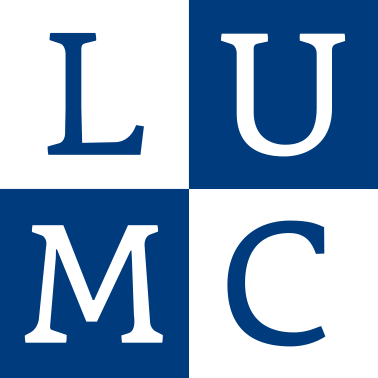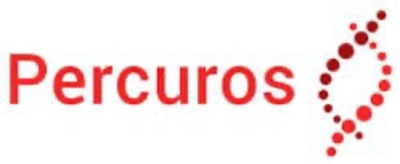Seeing without touching; non-invasive imaging of atherosclerotic lesion vulnerability
In this NIPAC project, a new collaboration between the LUMC, VisualSonics and Percuros, the aim is to develop an automated non-invasive photoacoustic spectral imaging surveillance strategy for lesion composition. Myocardial infarction or stroke, main causes of morbidity and mortality worldwide are often caused by rupture of vulnerable atherosclerotic plaques. A rapid, non-invasive, non-ionising sensitive detection of tissue composition would be beneficial in a personalised way for patients suffering from different types of (vascular) diseases. Non-invasive photoacoustic imaging using natural spectral emission of tissue components (tissue chromophores) can be used for analysing lesion composition since atherosclerotic lesions are rich in tissue chromophores (collagen, lipids, haemoglobin).
Using the multimodal imaging system of VisualSonics, the partners seek to non-invasively monitor the lesion composition. Together with Percuros, they will develop targeted strategies to further improve lesion characterisation. After constructing a well-validated library of tissue chromophores, multi-spectral photoacoustic and ultrasound images will be obtained from atherosclerotic lesions in a murine vein graft model. Spectral unmixing will be used to identify specific tissue components. The longitudinal acquired data will be validated against the gold standard of histology. To improve lesion vulnerability prediction, new strategies will be developed together with Percuros using microbubbles, labeled nanoparticles, perfluorocarbon-loaded agents and local molecular activity. To improve the time consuming image processing, they will develop and implement machine learning approaches for combined automated segmentation, quantification and classification of lesion volume. The partners will apply these techniques to various cardiovascular models and human atherosclerotic specimens to expand towards clinical use and other diseases.
Deliverables will include a spectral signature library of tissue chromophores, a software module for automated lesion quantification, and validated multimodal imaging for cardiovascular disease models and human vascular specimens. The end results will be shared in peer reviewed, open access publications, meetings and the newly organised imaging network.



